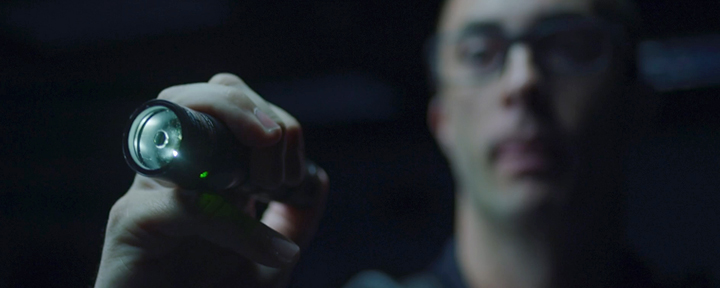
There is a lot of discussion—and consequently, increased training—on the majority of tools found on an officer’s toolbelt. Currently, the devices receiving the most attention are lethals and less lethals. Granted, knowing how to utilize an Axon® TASER® or when to draw a firearm is critical knowledge. But what about an officer’s flashlight?
Why Officers Need to Train for Low Light
While it may seem frivolous in comparison, an officer’s flashlight is still a critical tool. Especially considering ever-evolving technology producing new rail-mount flashlights, handheld, LED types, differences in lumens, etc., officers need constant training using their flashlights in low-light situations.
Besides training to increase familiarity with the tool, officers need to train in low light situations since these moments can occur at any time of day. Officers assigned to day shifts may need to respond to buildings or large structures with little light. Whereas officers on night shifts obviously find themselves constantly in light-diminished environments. Familiarity with a flashlight is as beneficial to officers as they are to civilians, as proper flashlight use could reduce mistake-of-fact shootings.
According to David Blake’s article “What We Don’t Know CAN Hurt US: Training for Low-Light Encounters” published via Police Chief magazine, there is information published by various reputable sources showing higher numbers of officer-involved shootings in low-light situations. One example the article states is: “A study conducted on low-light shootings sampled mistake-of-fact incidents from Los Angeles County, California, between 1998 and 2002, and the author found mistake-of-fact shootings were based in part on, ‘Misidentification of the threat level due to impaired visual ‘contrast sensitivity’ in low levels of ambient light.’”
How to Train for Low Light
Instructors don’t have to wait until nighttime in order to train in low light situations. Instead, VirTra’s training simulator can convert any real-life scenario into a low-light situation for low-light training anytime, anywhere. How it works is simple: instructors select the scenario and the low-light option. This instantly significantly reduces the light shown on-screen, forcing trainees to rely on their simulator-corresponding flashlight to complete the scenario.
The flashlights communicate with the simulator, so wherever the trainees point the device, a beam of light is shown and displays that part of the scenario. This applies to both the rail-mount and handheld tactical flashlights for the most realistic experience. Speaking of realism, these lights also provide a smooth screen-to-screen transition and localized ground light spread, acting in the simulator as a light would in the real-world. See VirTra’s simulation flashlights in action here.
Officers can better protect themselves and the communities they serve with additional training with low-light tools in light-diminished settings. This form of training benefits all: new recruits, experienced officers, day-shift and night-shift officers. Start reducing the misidentification of a threat and increasing safety in your area with modern training simulators. Contact a VirTra representative to learn more.
Recently Published
Join Our Newsletter







